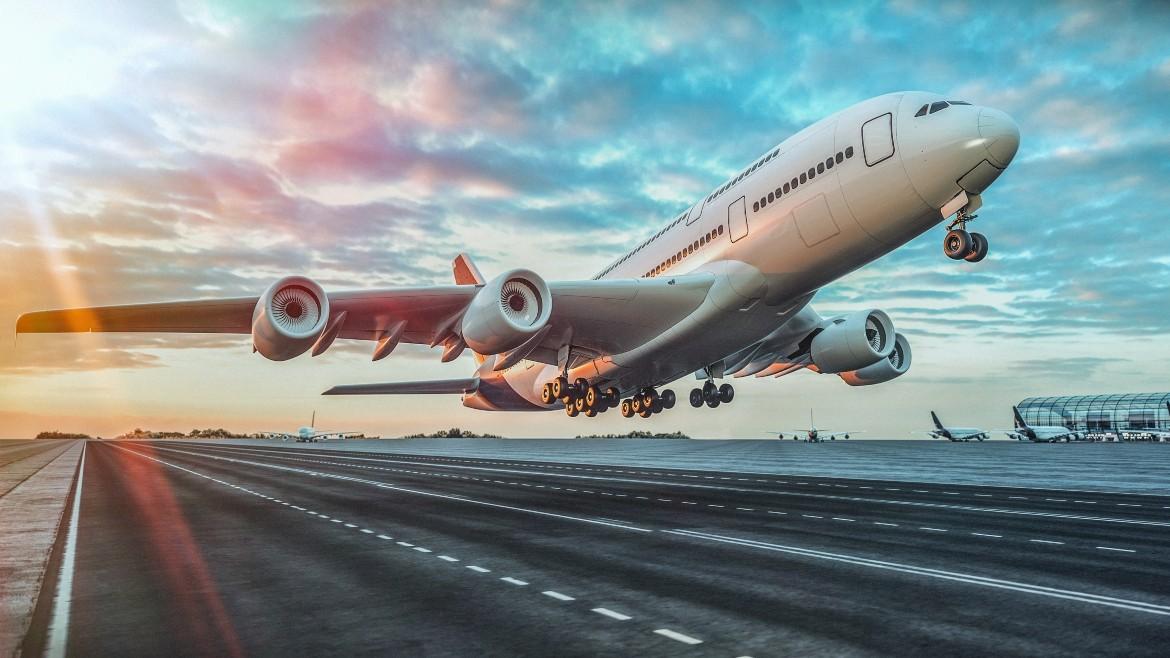The modern traveler is savvier than ever—armed with mobile apps, comparison sites, and flexible booking tools. But even with all that information, one question still lingers: Is now the right time to book my flight? Prices fluctuate wildly and unpredictably, leaving many to guess—or worse, miss out on a great deal. That’s where a flight cost predictor becomes a powerful ally.
In this blog, we’ll dive deep into what flight price prediction tools are, how they work, and which ones are leading the industry in 2025. If you want to stop second-guessing and start booking smarter, this guide is for you.
Why Do Flight Prices Keep Changing?
Before diving into prediction tools, it's important to understand the chaos behind flight pricing. Airlines use dynamic pricing models—algorithms that constantly adjust prices based on:
-
Demand and booking trends
-
Time left before departure
-
Day of the week or season
-
Competitor pricing
-
Load factor (how full the plane is)
-
Fuel costs and geopolitical issues
This ever-shifting pricing model means a ticket that costs $300 today could be $450 tomorrow—or $250 if you’d just waited 48 hours. Predicting this manually is nearly impossible, which is why smart technology steps in.
What Is a Flight Cost Predictor?
A flight cost predictor is a tool or platform that uses algorithms and historical data to forecast flight prices. These tools analyze thousands (or millions) of data points to estimate whether a fare will go up, drop, or stay the same. Many of them offer suggestions like:
-
“Book now – prices are expected to rise.”
-
“Wait – prices may drop in the next 7 days.”
-
“Set a price alert for this route.”
This information can mean the difference between saving hundreds or overpaying for a last-minute fare.
How Do These Tools Predict Flight Prices?
These predictors don’t operate on guesswork. Instead, they combine:
-
Historical Price Data – They know what fares have done in past years for the same route and timeframe.
-
Machine Learning Algorithms – These systems learn over time, improving their accuracy with every new data input.
-
Real-Time Market Analysis – They monitor current pricing trends and airline activity to anticipate changes.
-
External Factors – Some advanced tools even account for holidays, weather patterns, and global events.
The result? A smart, data-driven recommendation system that does the hard work for you.
Top Flight Cost Prediction Tools in 2025
Wondering which tools are worth using? Here are some of the top contenders that travelers are using this year:
✈️ Hopper
Hopper uses AI to predict when flight prices will be lowest. Its mobile app shows colorful calendars that help you pick the cheapest dates and even alerts you when to buy.
✈️ Google Flights
Google Flights doesn’t just let you search—it warns you when prices are higher than usual and can even predict when they’re likely to go up.
✈️ Kayak Price Forecast
Kayak’s powerful “Price Forecast” tool gives suggestions on whether to book now or wait, based on historical and real-time data.
✈️ Skyscanner Alerts
While not predictive in the same sense, Skyscanner offers excellent price alerts that notify you when fares drop, helping you grab deals in real-time.
✈️ Expert Round-Up
For a curated list of the most accurate and feature-rich predictors available, check out this comprehensive flight cost predictor guide that breaks down each tool’s strengths and specialties.
Pro Tips to Maximize Your Savings
Even with prediction tools, there are smart strategies you can pair with technology to maximize your travel savings:
-
Be Flexible: If you can shift your travel dates even slightly, you may unlock significant savings.
-
Book Midweek: Historically, Tuesday and Wednesday bookings tend to yield better fares.
-
Set Multiple Alerts: Track a few tools to compare advice—they might not always agree.
-
Use Incognito Mode: Avoid inflated prices by browsing flights in private/incognito tabs.
-
Book Early for Holidays: Flight predictors can’t always beat holiday demand. For peak travel seasons, early booking often wins.
Who Should Use Flight Cost Predictors?
The short answer? Everyone.
Whether you’re a business traveler trying to reduce overhead or a family booking a long-awaited vacation, price prediction tools can help:
-
Solo Travelers save time and money.
-
Families avoid overpaying during school holidays.
-
Students and backpackers stretch their budgets.
-
Remote workers take advantage of off-peak pricing.
It’s not just about saving a few bucks—it’s about smarter decision-making and stress-free planning.
Final Thoughts: Travel with Confidence, Not Uncertainty
In the golden age of travel technology, there’s no reason to roll the dice on airfare. A trusted flight cost predictor takes the guesswork out of booking and gives you the confidence to strike when the deal is right.
So before you click “confirm” on your next flight, let data—and a little bit of algorithmic magic—guide your decision. Your future self (and your wallet) will thank you.

